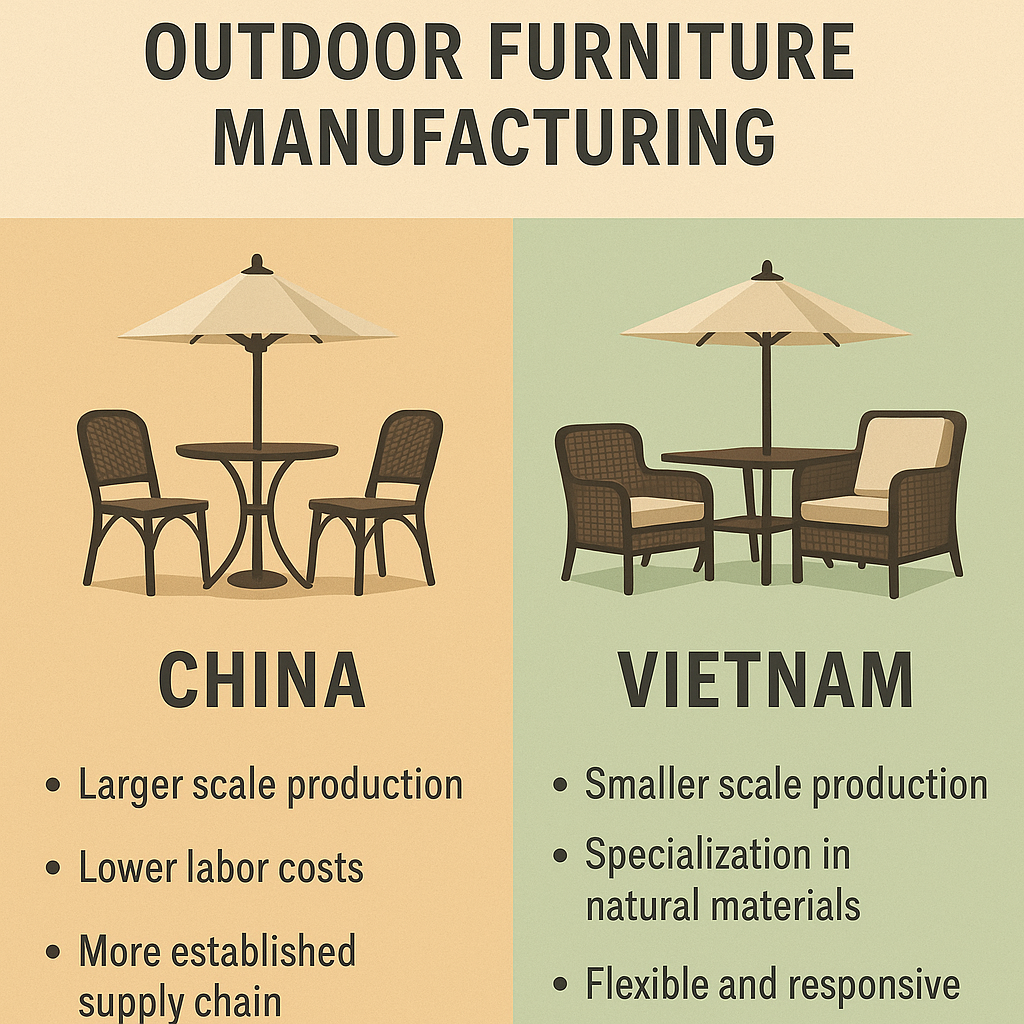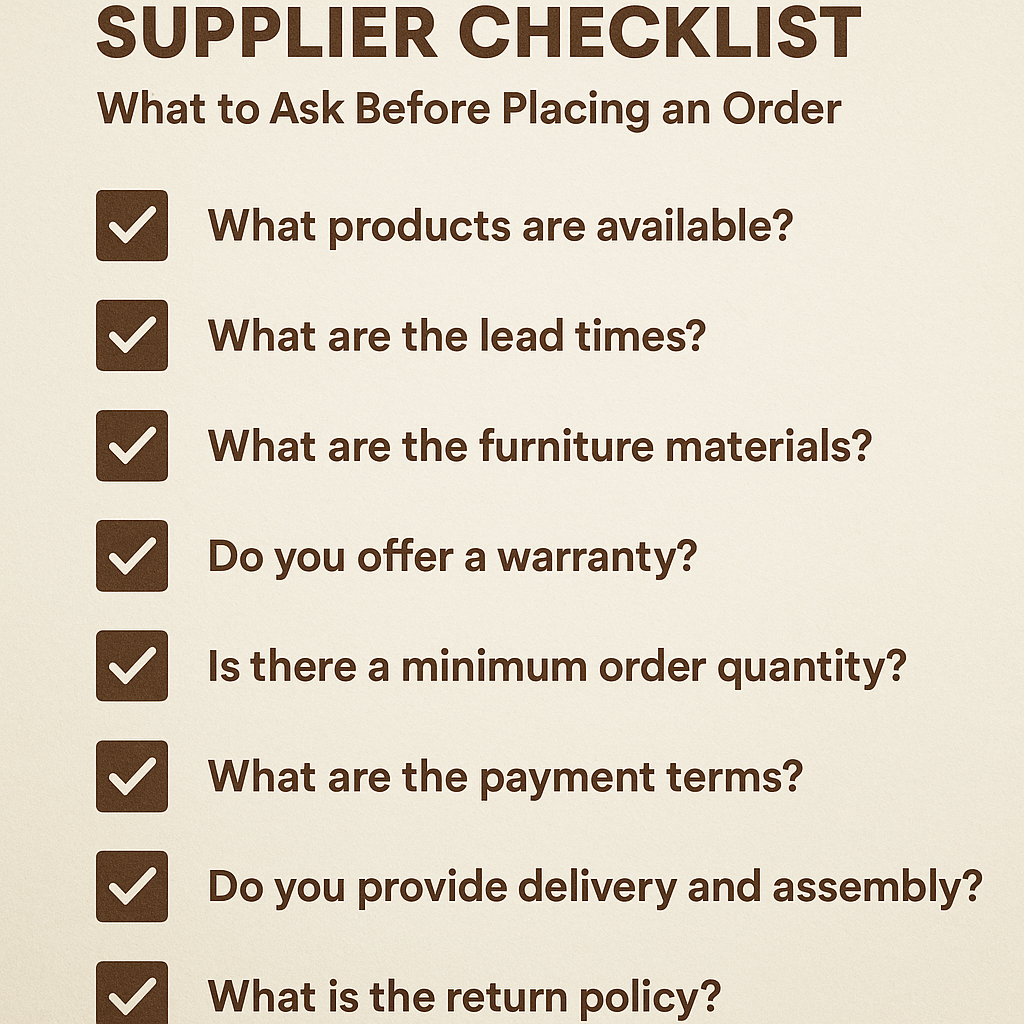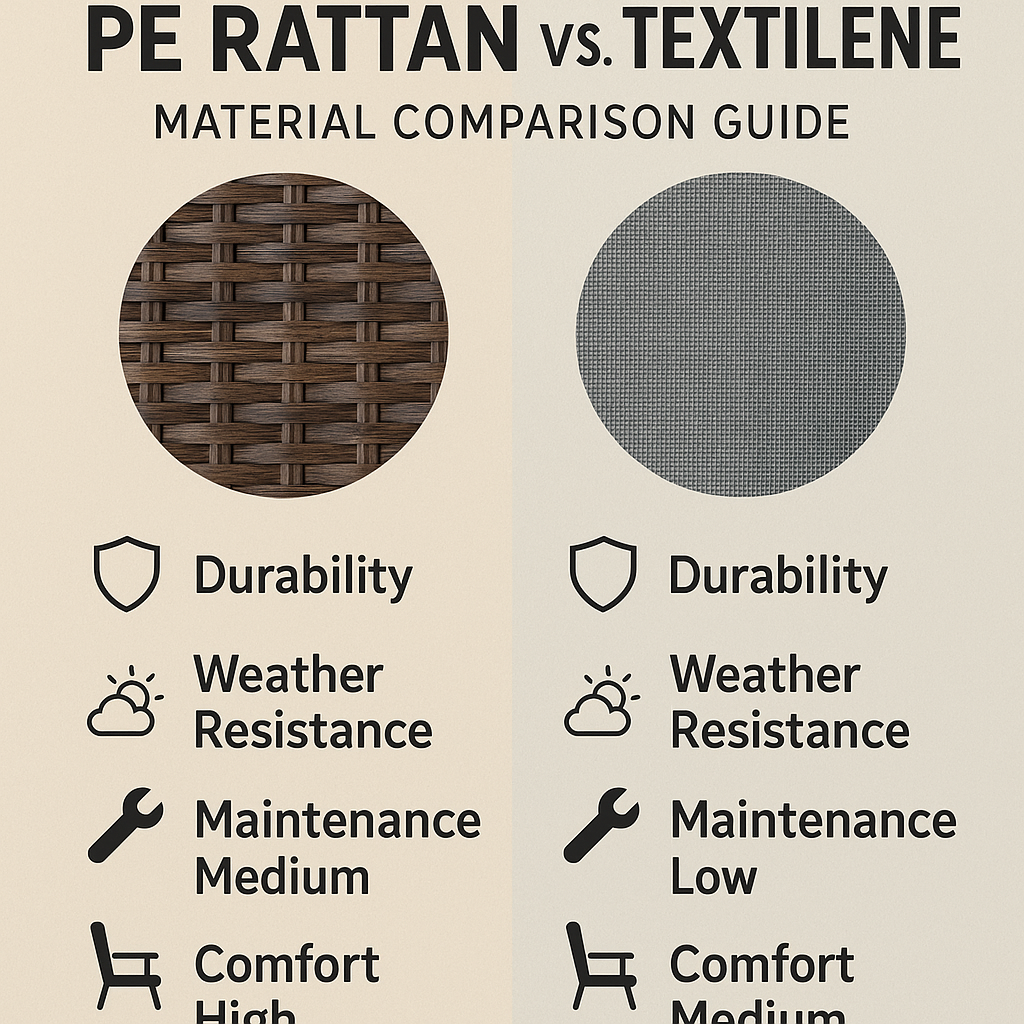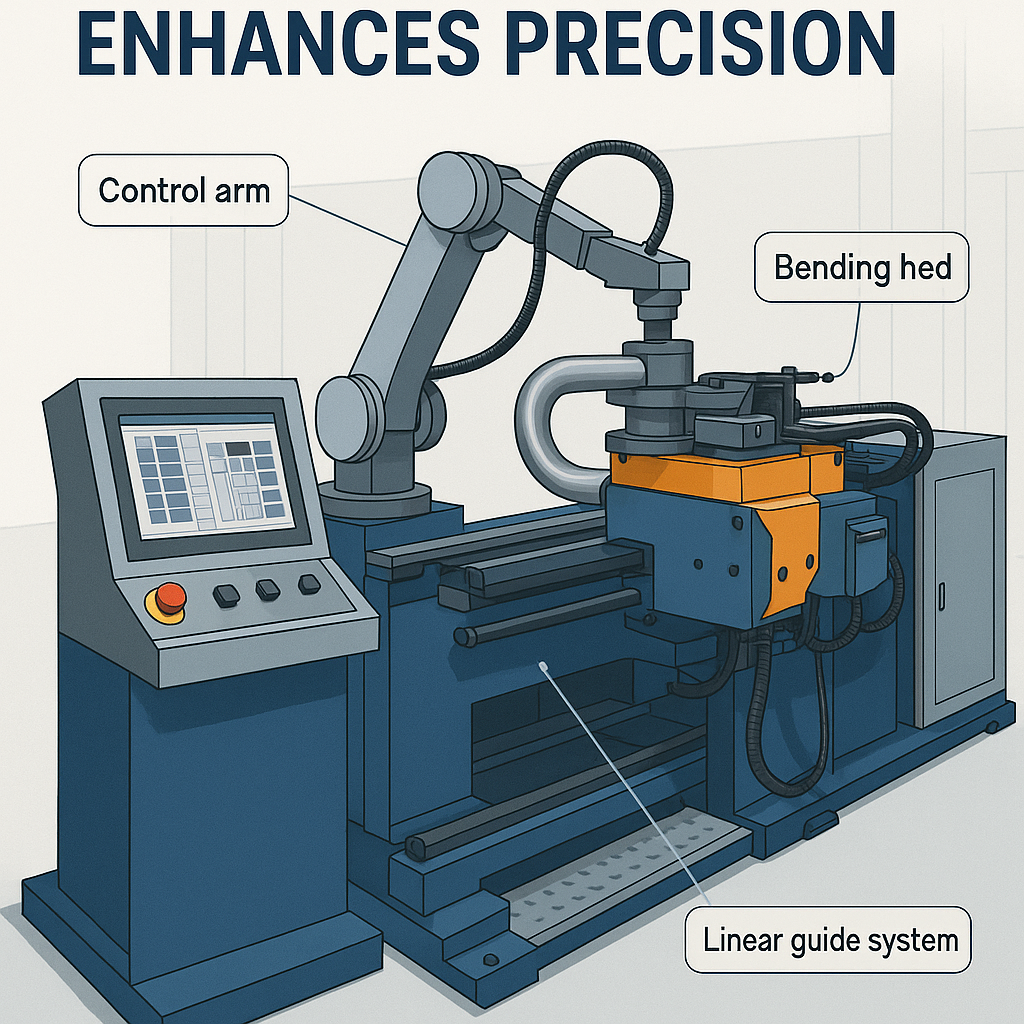1. Introduction
In modern manufacturing, metal pipes and tubes are indispensable across machinery, construction, and automotive industries. Rigorous Powder Coating Quality Control and precise fabrication processes directly impact product performance, longevity, and aesthetic appeal. This guide consolidates best practices for cutting, bending, drilling, welding, grinding, acid-pickling/phosphating, and powder coating of metal pipes—providing engineers and technicians a comprehensive, persuasive reference to ensure consistent, high-quality results.
2. Cutting
Tool Selection & Operation
- Choose the cutting method—circular saw, band saw, dedicated pipe cutter, or laser cutter—based on material (carbon steel, stainless steel, aluminum) and diameter.
- Maintain tool rigidity and stable feed rate to avoid skewed cuts (except when using laser equipment).
Quality Criteria
- End faces must be square, smooth, and free of burrs or fins.
- For parts requiring subsequent welding or assembly, chamfer or deburr the edge (typical chamfer: 0.5–1.5 mm).
- Prohibit surface cracks or heat-affected discoloration.
3. Bending
Cold vs. Hot Bending
- Cold bending suits thinner walls and gentler radii; control speed and force to prevent wrinkling.
- Hot bending handles thicker walls or tight radii; heat uniformly (carbon steel: 650–800 °C; stainless steel: 900–1100 °C) and use precise fixtures.
Special Requirements
- When cold-bending aluminum, fill the bore with dry sand or inert powder to avoid collapse.
Quality Criteria
- No inner wrinkles, outer cracks, or surface scratches.
- Angle tolerance within ±1°; compensate for spring-back after validation.
4. Drilling & Punching
Setup & Verification
- Before production, inspect punch dies and locating pins for wear or looseness.
- For laser drilling, run a program test to verify hole size, position accuracy, and slag removal.
Quality Criteria
- Hole location variance ≤±0.1 mm; edges must be burr-free.
- For tapped or assembly holes, perform deburring and, if needed, surface hardening (e.g., electro-polishing).
5. Welding
Equipment Inspection
- Check fixtures and locating pins pre-weld to prevent misalignment.
Methods & Parameters
- Carbon steel: SMAW or CO₂-GMAW; stainless steel and aluminum: TIG or MIG.
- Set current, voltage, and wire feed per filler-metal specifications, confirmed with test coupons.
Quality Criteria
- Weld beads must be full and uniform; no under-welds, porosity, slag inclusions, or cracks.
- Remove slag promptly—especially in hidden joints—to avoid coating defects.
- For corrosion-sensitive parts, consider spot-phosphating welds before full powder coating.
6. Grinding
Abrasive Sequence
- Use grit-appropriate wheels or discs: carbon steel (120–240 grit); aluminum pre-coating (800–1000 grit).
- Progress from coarse to fine abrasives for a smooth, transition-free finish.
Quality Criteria
- Surface must be uniformly smooth, without sharp points or burrs.
- Grinding marks should form consistent micro-abrasion lines to enhance coating adhesion.
7. Acid Pickling, Phosphating & Surface Pre-Treatment (Critical for Powder Coating Quality Control)
Surface pretreatment is a crucial step in powder coating that is often skipped by many manufacturers, resulting in poor adhesion and premature coating failure. At Wuyi Sailing Leisure Products Co., Ltd., we strictly implement this step to ensure enhanced coating performance and product longevity.
7.1 Importance of Acid Pickling & Phosphating
Acid pickling and phosphating are critical chemical pre-treatment steps that enhance powder coating durability and corrosion resistance.
Pickling (usually with hydrochloric or sulfuric acid) effectively removes oxide scales and rust, ensuring a clean surface. Phosphating forms a dense, uniform phosphate conversion film that promotes mechanical bonding and inhibits corrosion spread.
Key Benefits:
- Adhesion Improvement: Enhances powder adhesion by 80% or more.
- Corrosion Resistance: Prevents corrosion under humid, salty, or industrial conditions.
- Durability: Increases wear resistance and coating lifespan.
Industry data shows that skipping phosphating significantly reduces coating performance:
- Adhesion failure leading to peeling and bubbling.
- Reduced corrosion resistance, even in salt spray tests (ASTM B117), leading to premature failure.
- Inconsistent coating thickness and poor surface finish.
Most manufacturers skip this step to save costs, but this often leads to costly failures. Experts emphasize: “You can’t skip phosphating and expect quality results.”
7.2 Durability Comparison
In ISO 12944 C4/C5 environments, coating systems require 15+ years of durability and 720–1440 hours of salt spray resistance. Only pre-treated systems with phosphating achieve these levels. Without it, failure occurs in 50–100 hours.
7.3 Industry Standards
- ASTM B117: Salt spray test for accelerated corrosion resistance.
- ISO 12944: Environmental corrosion categories and coating system lifespans.
7.4 Pre-treatment Process Flow
- Pre-washing: High-pressure oil removal → Water rinse
- Pickling: Removes rust and scale
- Neutralizing: Alkali solution neutralizes residual acid
- Rinsing: Multi-stage water rinse to remove ions
- Phosphating: Forms a phosphate conversion layer
- Optional Passivation: Enhances corrosion resistance
- Drying: Removes moisture before powder coating
7.5 Chemical Parameters
| Step | Purpose | Parameters |
|---|---|---|
| Degreasing | Remove oil/cutting fluid | Sodium carbonate + surfactant, 50–60°C, 3–5 min |
| Pickling | Remove scale/rust | HCl or H₂SO₄ (5–15%), 25–35°C, 2–4 min, inhibitors 5–10g/L |
| Neutralizing | Remove residual acid | NaOH 1–2 g/L, room temp, 1–2 min |
| Rinsing | Remove residual ions | ≥3 rinses with DI or soft water, EC ≤ 50 µS/cm |
| Phosphating | Enhance adhesion/corrosion resist | Zn²⁺ (2.8–6.6%), temp 40–75°C, time 2–4 min, cycle ≥3/h |
Coating Film Indicators:
- Film weight: 12–28 mg/m²
- Uniform and fine crystalline structure
- Salt spray resistance ≥96 hours
7.6 Optional Passivation
- Chromate Passivation: Cr⁶⁺ 0.1–0.2 g/L, 1–2 min
- Nano Passivation: Supplier-guided usage; enhances self-healing
7.7 Drying & Inspection
- Drying: 80–100°C for 5–10 min
- Inspection:
- Film weight (electronic or paste method)
- Microscopic examination (×100)
- Crosshatch adhesion test ≤ Grade 1
- Salt spray test ≥96h with no substrate exposure
8. Powder Coating Quality Control & Curing
Key Curing Parameters
- Temperature: 180–220 °C (epoxy-polyester); 240 °C (matte powders)
- Time: 200 °C for 10–15 min; 180 °C for 15–20 min
- Humidity: ≤40 % RH to prevent extended cure times and adhesion issues
Application
- Maintain consistent spray-gun voltage and flow.
- Pre-coat complex geometries with high-temp spray before full powder.
Quality Criteria
- Coating thickness: 60–100 µm; defect-free surface (no orange-peel, pinholes, sagging, or under-coverage).
- Adhesion: cross-hatch test ≤1 grade.
9. Conclusion & Call to Action
By adhering to these meticulously defined parameters and implementing rigorous inspection protocols (dimensional checks, adhesion tests, salt-spray evaluations), manufacturers can secure superior mechanical integrity, corrosion resistance, and finish uniformity for metal pipe assemblies—ultimately bolstering product reliability and market competitiveness.
Contact Wuyi Sailing Leisure Products Co., Ltd. to learn more about our expertise in Powder Coating Quality Control and fabrication solutions.
- Email: leoliao@zjsailing.com | leoliao@zjsailingoutdoor.com
- Phone: +86-15925905345 | +86-579-87615330
















